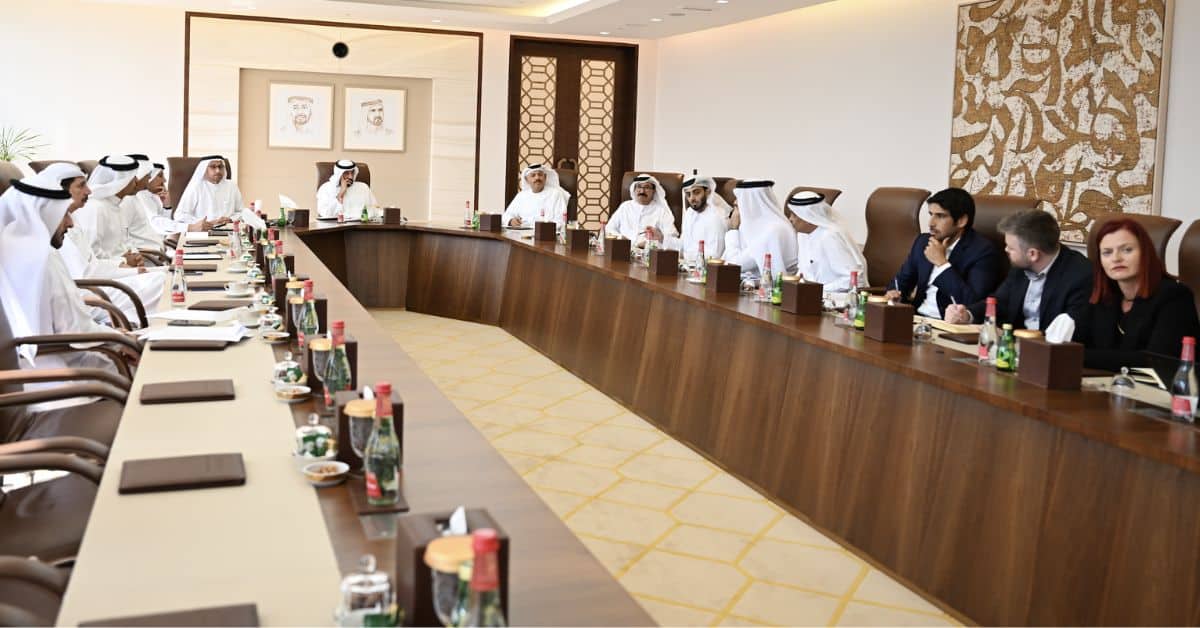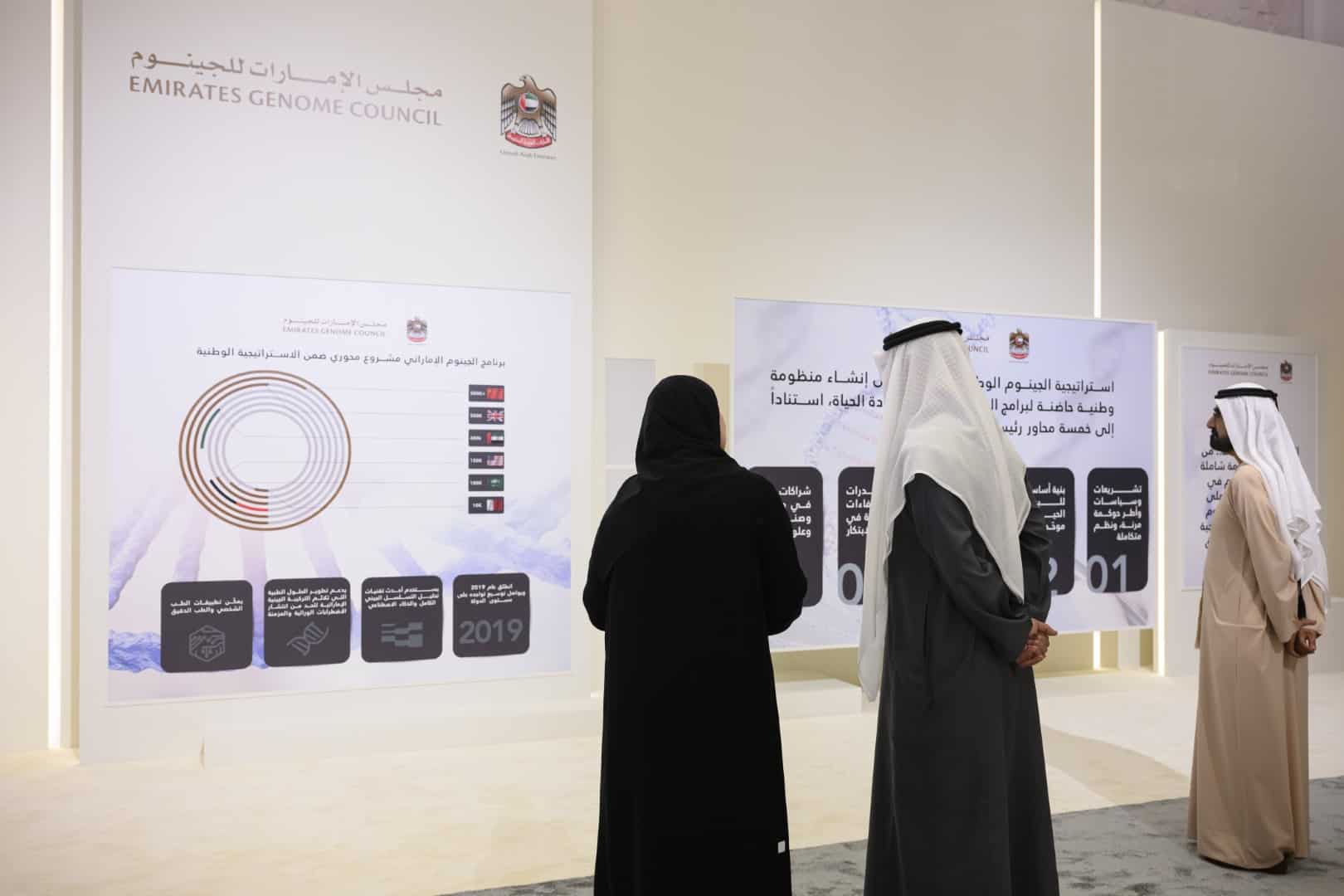DUBAI, UAE – Over the next three years, digital technology spending — including IT, telecom, and emerging tech such as AI, IoT, blockchain, robotics, etc — in the UAE is expected to reach US$ 20 billion, said an expert.
“At the same time as the transformation progresses through its core, the narrow tier of the digital economy could progress to make businesses dramatically different from their current shape,” Thibualt Werle, Managing Director and Partner at Boston Consulting Group (BCG).
“The emergence of decentralized and community-driven creation models powered by Web 3.0 is driving user ownership in a new parallel virtual economy and allowing businesses to manifest in other ways as well,” he added, referring to the BCG report, titled “Charting Economic Opportunities in the New Digital Paradigm”.
The report highlighted that every industry, from finance and healthcare to education and mobility, is embracing digital technology to attract target audiences, automate and optimize processes, cut costs, and increase revenue.
Recognizing the competitive impetus of the newfound digital age, the report said the UAE is well positioned to carry out its aim to double the contribution of the digital economy to the GDP from 9.7 percent to 19.4 percent within the next 10 years.
Under its digital future central pillar, ‘we the UAE 2031’ Vision will further ground the country’s fast-growing Digital Economy Strategy, it added.
Dubai’s recent D33 plan, according to the BCG report, encourages competitive interventions to scale up digital programs across 30 companies in order for them to become global unicorns in new economic sectors.
To that end, D33 launched “Sandbox Dubai” to facilitate the testing and commercialization of new technologies, positioning Dubai as a market-leading innovation hub, it said.
The expansion of the digital economy has significant strategic implications for government decision-makers. Macroeconomic uncertainties may abound in the short term, but advances in automation, robotics, and a historic explosion of data and intelligence in the coming years present a significant opportunity for unprecedented disruption and wealth creation in the UAE, according to the latest BCG report.

The report suggested that digital technology is projected to have accounted for more than two-thirds of productivity growth over the last decade, and over the next decade, will account for 25-30 percent of global GDP.
According to Faisal Hamady, Managing Director and Partner at BCG and co-author of the report, in a rapidly changing world, new agile governance structures are needed to prioritize considerations about how digital ecosystems can help various sectors grow. Additionally, as existing value pools draw a large number of participants into the digital economy, new value pools with a growing diversity of actors continue to emerge.
Defining the Digital Economy
The report reveals that the digital world comprises economic activity created by producers and providers across three tiers: core (digital technology sector), narrow (digital utilities and businesses), and broad (digitalized economy).
•Core: economic activity from producers of digital content, ICT goods and services (including IT and communications businesses that cover hardware, software, and services.)
•Narrow: adds economic activity derived from firms that are reliant on digital inputs (such as digital services and platforms businesses) – those are generally defined as ‘digital only’ businesses.
•Broad: economic activity from firms significantly enhanced by the use of digital inputs (including significantly digitalized businesses in e-commerce, industry 4.0, etc.
As metaverse-led investments diversify outside of augmented and virtual reality entertainment into identity, security, and productivity-centered workplace collaboration engines, the UAE metaverse market revenue is expected to surge as well.
Various sectors of the digital economy may face a ‘bionic future,’ in which a new logic of competition and economic-digital advantage portends success.
Moreover, businesses would compete on ‘pace of learning’ rather than economies of scale in this scenario. Iterative improvements to AI models and algorithms, as well as enhanced cognitive machine capabilities combined with flexibility, adaptability, and extensive human experience, could result in’superhuman enterprises’ that generate competitive advantage.
Response options for governments
Given the massive amount of growth expected middle-ground solutions that allow free data flows while promoting data security and sovereignty require vital consideration. It is also important to identify critical infrastructure sectors whose assets, systems, and networks, whether physical or virtual, are vital, and implement initiatives to manage their risks.
“The digital sector’s multi-trillion-dollar expansion leaves leaders and decision-makers with only two options: adapt to its accelerating pace or be left behind. Thus, by considering how systems can change at the same pace as technology, governments can recalibrate the regulatory framework for a digital-first world. This perspective can help guide thought around the right investments to make in infrastructure, specifically in emerging value pools, to spur innovation and economic opportunity,” added Hamady.
Macro trends that most enhance total factor productivity, i.e., where future addressable markets can allow the digital economy to contribute meaningfully to overall GDP, must be emphasized. This can be done through policies that encourage investments in digital infrastructure and R&D into frontier technologies, such as AI and robotics, and create an environment for innovation that trains or attracts highly skilled and specialized talent.
By collaborating with other public entities to align strategic priorities, governments can help address wide-ranging issues that are gaining prominence such as digital inclusion, social prosperity, and questions around digital ethics including how to eliminate social bias in AI (both from a structural data perspective, and from algorithm definition and training).
“For governments, the digital economy is not an elective. It marks a profound departure from the way that economies have historically been organized and regulated. Tackling this brave new world head-on will prove essential to remaining competitive and relevant on the global scene,” concluded Hamady.








